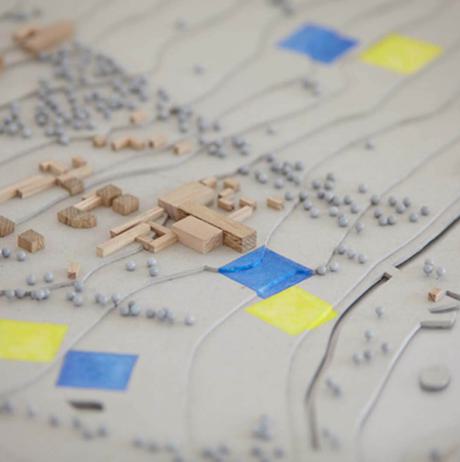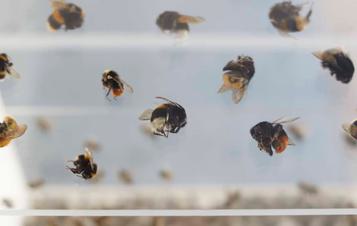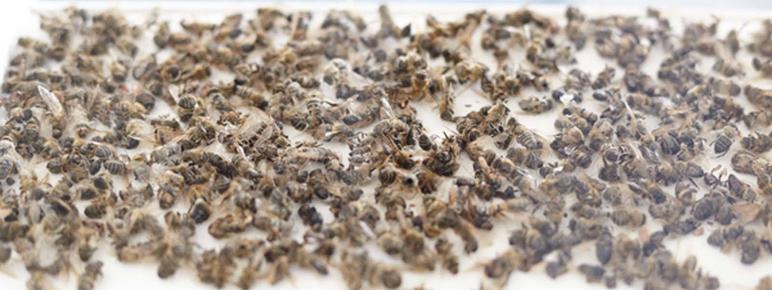
About Rebecca Chesney: Diligent Observation
Rebecca Chesney explored and revealed changing environments and the impact of human activity, often creating installations that not only capture a sense of wonder in the natural world but also the inescapable struggle between survival and death.
Chesney’s project demonstrated YSP’s unique ability to provide a landscape for art, in this case as a laboratory in which to research and develop new work. The exhibition mapped the landscape of the Bretton Estate in relation to its populations of bees and wildflowers. Works in the exhibition included meticulously drawn maps that chart the locations of where bees have been feeding at certain times of the year. Each map showed a month that Chesney worked on site, from March to October, with a key showing symbols for each bee observed and its location.
Chesney was careful to highlight that the research is not scientific, but an artistic approach to presenting data. The work offered a beautiful insight into the movements of different species of bee across the seasons. The maps were accompanied by Chesney’s collected plant specimens, highlighting the flowers and plants the bees select to feed on.
Other works in the exhibition included screenprints featuring the solitary bee. These contain extracts from George Else’s unpublished key for identifying solitary bees, of which there are over 250 species in Britain alone. The curious collection of words produced a poetic description of each bee and makes visual the difficulties encountered when attempting to make identifications.
During her residency in 2010, Chesney made many sound recordings using the newly installed honeybee hives at her nature reserve base, which she has transcribed into detailed drawings. The artist has described how dramatically different the sound of each hive was depending on the day, the hour and the weather and these drawings detail this observation. The exhibition ended with Chesney’s proposal for an extensive landscape intervention created with bee-friendly plants. As part of the residency, the artist made a proposal to create two plots of an acre each, one containing blue and the other yellows flowers.
At an estimated cost of £100k, the proposal required significant investment and we explored its feasibility in relation to funding, space, the living environment of YSP and the conditions of land agreements. Accordingly, test plots had been established in the Girl Guide lawn which helped to highlight the necessary requirements for the work and any difficulties in their realisation - it was expected that the meadows would become stronger with each passing year.
The project also raised interesting questions about the use of the landscape, echoing the politics of the Land Art movement and interventions such as Agnes Denes’ Wheatfield: A Confrontation of 1982 in downtown Manhattan.
You might also like
- Art Outdoors

David Nash: Three Stones for Three Trees
- Profile

George Moody
Yorkshire Graduate Award 2024 - Art Outdoors
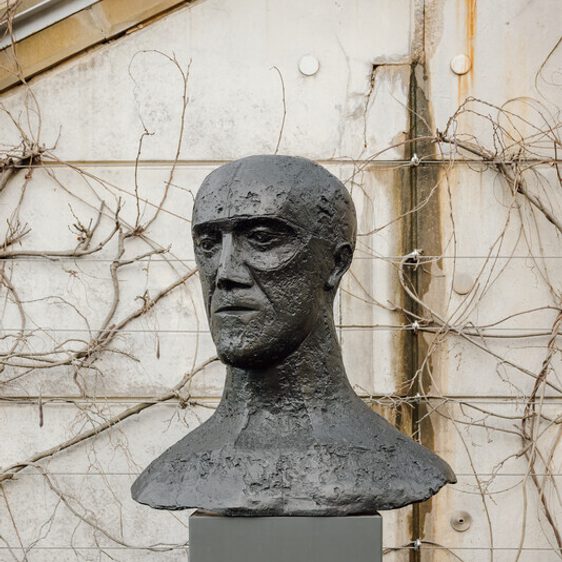
Elisabeth Frink: In Memorium II
Frink succeeds in capturing a sense of defiance with In Memoriam II as the features of the figure express great sadness but also a sense of dignity. - Art Outdoors
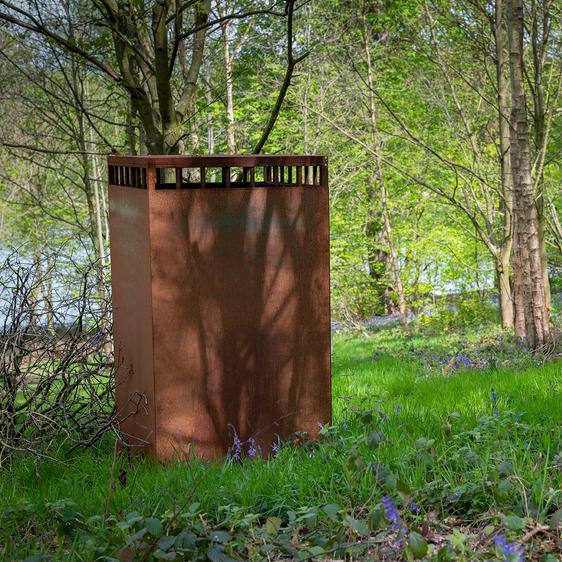
Alfredo Jaar: The Garden of Good and Evil
